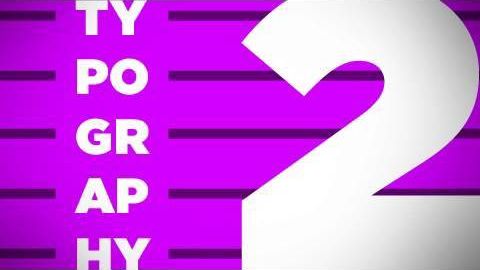
Subtitles & vocabulary
Video vocabulary
draw
US /drɔ/
・
UK /drɔ:/
- Transitive Verb
- To attract attention to someone or something
- To influence a person's involvement in something
- Noun (Countable/Uncountable)
- Something that attracts people to visit a place
- A lottery or prize
A1TOEIC
More lot
US /lɑt/
・
UK /lɒt/
- Noun
- What happens to a person in life from chance; fate
- A group of people seen together
A1
More end
US /ɛnd/
・
UK /end/
- Noun
- The point where a process or activity stops
- A point that marks the limit of something; finish
- Intransitive Verb
- To be the last part of something
A1
More part
US /pɑ:rt/
・
UK /pɑ:t/
- Noun
- Division of a book
- Ratio of something, e.g. 3 of gin, 1 of tonic
- Transitive Verb
- To make a line in a person's hair, by using a comb
A1TOEIC
More Use Energy
Unlock All Vocabulary
Unlock pronunciation, explanations, and filters
